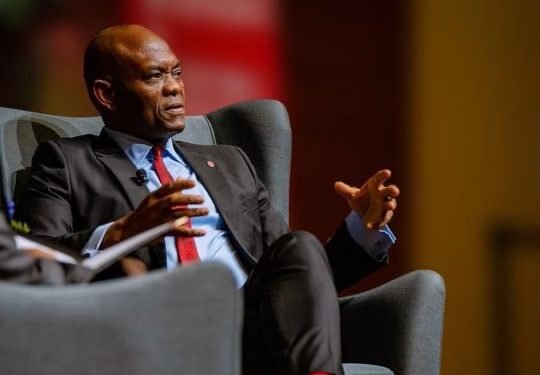“Most strategic planning has nothing to do with strategy.”
— Roger Martin
Every year, executives gather in boardrooms, armed with spreadsheets and flip charts, ready to design their company’s “strategic plan.” Budgets are aligned, initiatives are listed, and timelines are drafted.
But here’s the truth few leaders admit: most strategic planning has little to do with actual strategy.
What passes for strategy in many organizations is, in fact, just planning — a comforting but ultimately shallow exercise in resource allocation. And the companies that mistake the two rarely end up leading their industries.
Planning vs. Strategy: Why the Distinction Matters
Planning is about activities and control. It answers:
- What will we build?
- Who will we hire?
- Which projects will we launch?
These are important operational decisions, but they don’t explain how the company will win.
Strategy, by contrast, is about choices and outcomes. It is:
- An integrated set of choices about where you will play and how you will win.
- A theory of victory—why customers will prefer you over alternatives.
- A coherent plan of action that aligns capabilities, systems, and aspirations.
Planning is inward-looking.
Strategy is outward-looking — it forces you to face customers, competitors, and the realities of the market.
Why Leaders Fall into the Planning Trap
Planning feels safe. It deals with things leaders control — square footage, hiring budgets, marketing spend.
But strategy demands courage. It asks leaders to commit to outcomes they can’t control: whether customers will choose them over competitors.
This uncertainty is why many executives stay in the comfort zone of planning. But as history shows, comfort never wins markets.
Strategy in Action: The Southwest Airlines Story
In the 1970s, U.S. airlines were busy expanding hubs, buying aircraft, and adding routes. It was planning at scale.
Meanwhile, a small Texas carrier, Southwest Airlines, chose a different path. Its strategy wasn’t to out-muscle the big carriers but to outthink them:
- Compete with Greyhound, not Delta. Target short-haul travelers seeking affordable alternatives.
- Point-to-point flights. Planes stayed in the air, not stuck at hubs.
- Single aircraft type. Only Boeing 737s, cutting maintenance, training, and turnaround time.
- No frills. No meals, no travel agents, just low-cost simplicity.
The result? A radically lower cost structure and a clear way to win.
Today, Southwest carries more passengers in the U.S. than any other airline. The “planning-driven” majors grew, but without strategy — and Southwest outplayed them.
Pull Quote: “The major carriers were playing to play. Southwest was playing to win.”
Escaping the Planning Trap
If you want your company to stop mistaking activity for strategy, here’s how:
1. Accept the Angst
A real strategy will feel risky. You can’t guarantee success. But that uncertainty is the price of leadership.
2. Map the Logic
Write down the assumptions your strategy relies on:
- What must be true about our customers?
- What must be true about our competitors?
- What must be true about us?
This makes it easier to test and adapt.
3. Keep It Simple
The best strategies fit on one page:
- Where we’ll play
- How we’ll win
- What capabilities we need
- What systems will support them
- The aspiration we’re chasing
4. Treat Strategy as a Journey
The world shifts. Competitors move. Customers change. A strong strategy is designed to evolve with learning, not sit in a binder.
Final Thought: Playing to Play vs. Playing to Win
Planning keeps you busy. Strategy positions you to win.
If you stick to planning, you guarantee participation. But if you embrace true strategy — with its risks, discomfort, and bold choices — you give your organization its best chance at greatness.
At Oasis Magazine, we believe this distinction is one of the most critical mindset shifts for 21st-century leaders:
Planning guarantees busyness. Strategy creates competitiveness.
Planning is about comfort. Strategy is about courage.
Planning makes you a player. Strategy makes you a winner.
Oasis Insight: The leaders who will shape the next decade aren’t those who planned better — they’re the ones who strategized to win.


